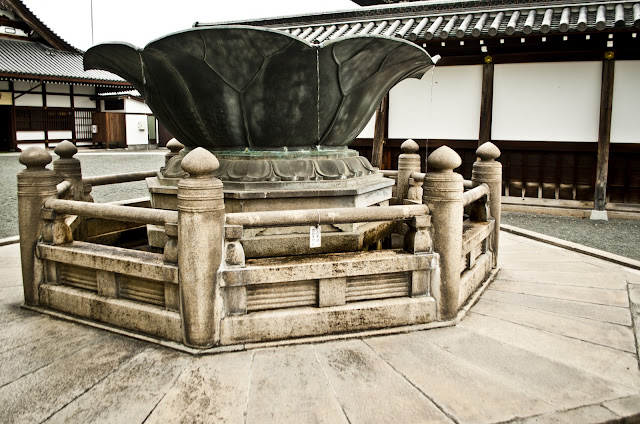Sometimes I ashamedly reflect back onto what little I knew
of Japan before moving here two years ago.
At that time my knowledge of Japan was something like this:
Sushi-Raw fish.
Totally un-appealing. (Now I love it.)
Geisha-Cans of pineapple…?
Fancy ladies with white faces? (Just read this book-fantastic.)
Sumo-Really, really fat wrestlers. (Recently went to the Tokyo tournament-amazing!)
Ninjas-Stealthy dudes all dressed in black. (Still don't know much about them...)
Godzilla-Huge green lizard that terrorizes Tokyo.
Anime-Really strange cartoons. (I LOVE studio Ghibli films!)
And so on.
Fortunately, I have now learned a tremendous amount about
Japan. (In fact, I strongly believe now
that living abroad is one of the best things one can do. There are few experiences in life that are as
challenging and rewarding.)
Some of the only images in my mind of Japan and its culture
came from the movies. Most recently, The Memoirs of a Geisha.
During our time studying at Yamasa this past August, we took
a few trips to Kyoto during the weekend.
One of the most iconic images of Japan-that I knew of because of The
Memoirs of a Geisha-is located at the Fushimi Inari Jinja (a “Jinja” is a
Japanese Shinto Shrine).
The iconic image associated with this film happens when the
main character (as a child) runs through the forest of torii to the reach the
shrine where she makes an offering and prays. This now famous scene was shot on location in
Kyoto at the Fushimi Inari Jinja.
I had been hoping to visit this shrine for some time and was
delighted when the trip was scheduled.
 |
| Lantern and gateway at the entrance of the shrine. |
 |
| The main shrine building |
The Shinto Inari god (Kami in Japanese) is the deity of good
fortune and rice. At every shrine dedicated to
the Inari god, you will find images of foxes.
The fox-the messenger of this god-plays a significant role in the stories surrounding the Inari
god.
 |
| A fox at the entrance of the shrine. |
 |
| Wooden foxes people can purchase, draw on a face, write a petition and leave at the shrine. |
It is believed by those who practice Shintoism that making
offerings to the Inari shrines is important to their success in business. The number of torii at Fushimi Inari Jinja is
directly related to this. The large torii
are purchased-usually by companies-as an offering and petition for continuous
good fortune. The big torii are
extremely expensive.
 |
| A map of the whole complex. |
 |
| A sign depicting the prices of the torii. The most expensive one, with the current exchange rate, is over $16,000.00 USD. |
Regular folk can buy their own (much smaller) torii for
their petitions.
Unfortunately, we did not have time to make the entire walk
through the torii forest. This turned
out to be a good thing… As we were walking back through the torii, thunder
began to rumble in the distance. Just as
we reached the parking lot, it began to pour.
 |
| The thunder rolling in... |
Visiting Fushimi Inari Jinja was one of the highlights of my
summer. If you ever visit Kyoto, it
should be on the top of your list.






















































